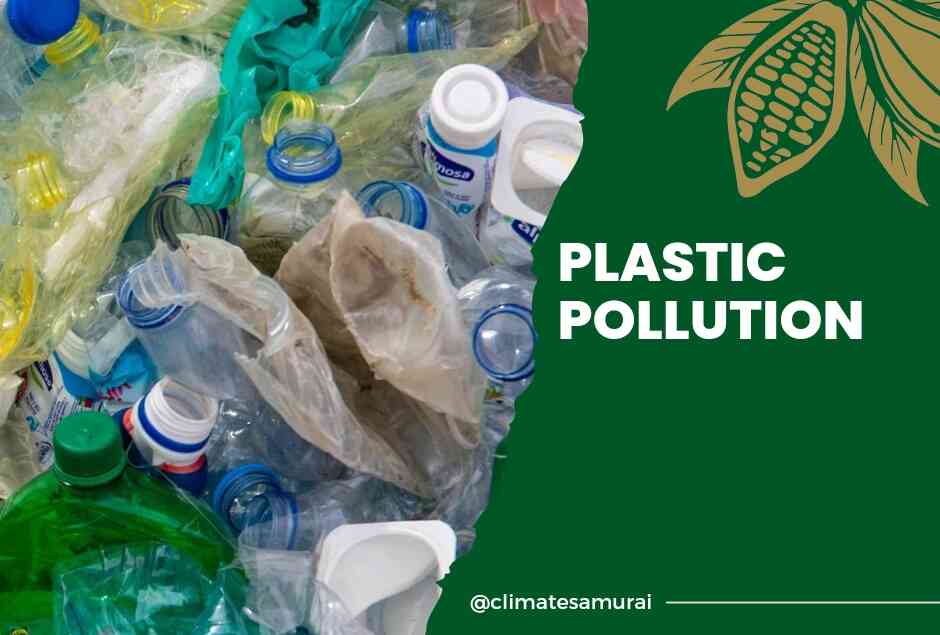Groundbreaking Research Reveals Unnoticed Sources and Impact on Aquatic Life and Human Health
Researchers at IIT Madras uncover hidden sources of microplastics within homes, emphasizing the need for urgent action.
In a groundbreaking review published in Environmental Science and Pollution Research, a team from IIT Madras identifies residential buildings as major contributors to microplastic pollution. The study explores various activities and products within homes, shedding light on their role in the generation of microplastics.
The research highlights municipal wastewater, particularly from everyday household activities like dishwashing and laundry, as a significant source of microplastics. Plastic-based scouring pads used in dishwashing contribute to the shedding of plastic materials over time, creating secondary microplastics.
Lead author Ms. Angel Jessieleena states, “This review comprehensively explores diverse activities and products within residential buildings, collectively identifying them as significant contributors to the generation of microplastics.”
The study also delves into the transportation, transformation, and toxicity effects of microplastics in aquatic organisms and humans. Laundry washing and personal care products containing deliberate microplastic additives contribute to the release of microfibers into wastewater.
Prof. Indumathi M Nambi, Environmental and Water Resources Engineering Division, emphasizes the urgency of addressing plastic pollution. She states, “More detailed research is needed to understand the risks associated with exposure to microplastics in humans.”
The review suggests source reduction as a crucial strategy to combat microplastic pollution. Recommendations include replacing personal care products with biodegradable materials, reducing the use of plastic-based items, and incorporating highly efficient filters in laundry machines. The researchers emphasize the need for immediate action to curb the escalating issue of plastic pollution.


